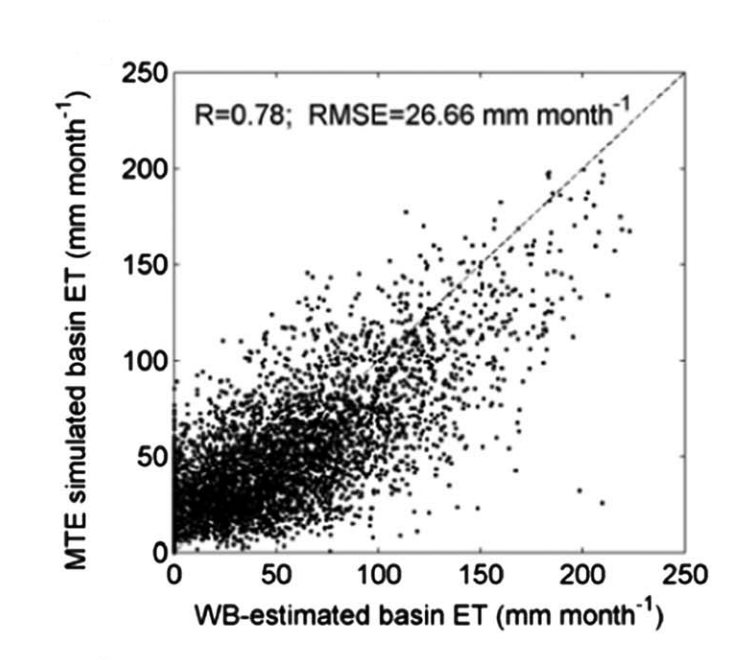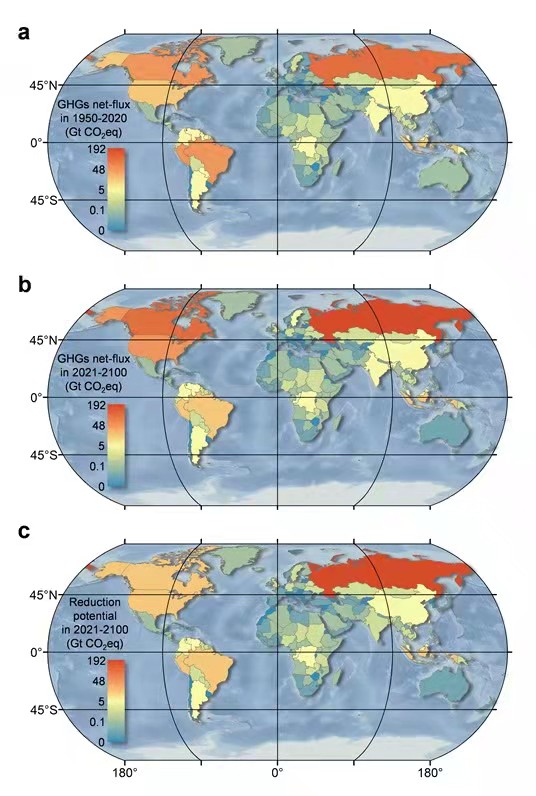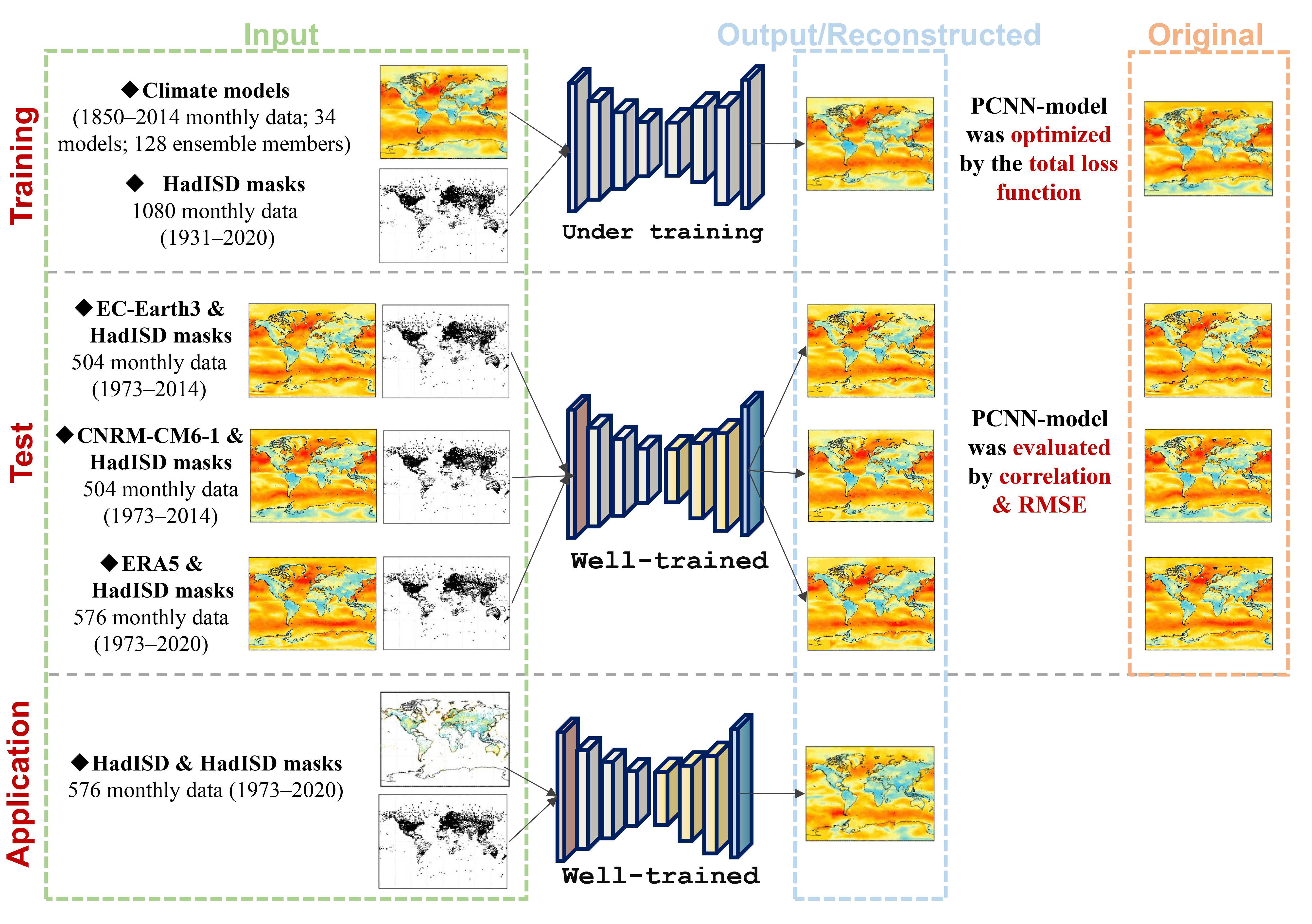Resources
Dataset

A satellite-based water balance method is developed to model global evapotranspiration (ET) through coupling a water balance (WB) model with a machine-learning algorithm (the model tree ensemble, MTE) (hereafter WB-MTE). The WB-MTE algorithm was firstly trained by combining monthly WB-estimated basin ET with the potential drivers (e.g., radiation, temperature, precipitation, wind speed, and vegetation index) across 95 large river basins (5824 basin-months) and then applied to establish global monthly ET maps at a spatial resolution of 0.5° from 1982 to 2009.
如果您是中国大陆用户,可通过百度网盘下载,提取码:w3sh

Carbon and nitrogen losses from degraded wetlands, and methane emissions from high-water level wetlands, are both significant sources of greenhouse gas (GHG) emissions. Net wetland GHG exchange and its dependency on wetness across temperature regimes, however, remain poorly understood. From a newly constructed global-scale, in-situ database of GHGs (including CO2, CH4 and N2O) net exchanges, we show diverse hydrology-influenced emission patterns in CO2, CH4 and N2O across thermal regimes, and the net exchange rate of total GHGs shows a parabolic relationship with wetland water table.

GGWS- PCNN is a global wind speed dataset develop by the partial convolutional neural network, assimilating wind pattern from the HadISD dataset and 34 climate models. The latest version spans from 1973/01 to 2021/12.

The methods for “Energy production and water savings from floating solar photovoltaics on global reservoirs”. We take advantage of recent advances in the compilation of data on existing reservoirs worldwide and a reliable climate-driven PV system performance model to assess with fine precision the potential for FPV on a global scale under realist climate conditions, both as a source of electricity and as a means of conserving water.